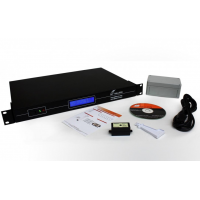
Galleon Systems Article

Using network time protocol? Here are 6 essential facts you need to know about NTP time so that you can get the best from it.
View Article
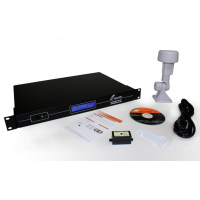
Why you should use an NTP time server for your network
Time is an essential aspect of network security and any errors in a network time server can lead to catastrophic results. However, the solution for ensuring network security is fairly simple and relatively inexpensive - the NTP time server.
View Article
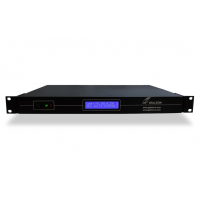
Receiving GPS Time for Network Synchronisation
To synchronise a computer network or other technology systems to GPS time, you need a GPS network time server. GPS network time servers are simple to install, easy to use, and can maintain millisecond accuracy for all connected technologies. Used in stock exchanges, air traffic control, and banking systems, GPS time servers provide an efficient and cost-effective solution for maintaining network synchronicity.
View Article
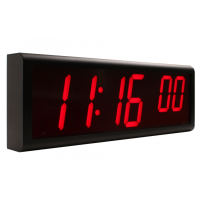
Digital wall clocks for hospitals deliver synchronised time to healthcare settings
Because health care is based on multi-disciplinary teams, treatments, meetings, operations and procedures often require strict coordination to prevent wasting time and provide an efficient service. Making sure everybody has access to a synchronised and accurate time is part of this process, which is what makes precise and reliable digital wall clocks for hospitals so important.
View Article
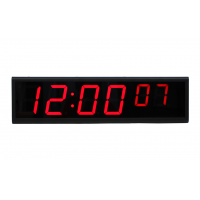
Using PoE Clocks (Power over Ethernet)
Power over Ethernet is ideal for powering and controlling wall clocks and other time devices. The accuracy of a network’s NTP time server can be used to maintain an accurate time on the PoE clock. This means the clock will never drift and will always be accurate to the second - ideal for ensuring punctuality in organisations that runs to a tight time schedule. No matter how many clocks are running on the PoE system, they will all maintain the exact same time, eliminating time inconsistencies in large organisations.
View Article
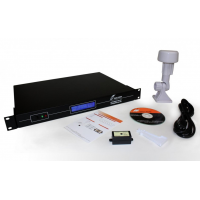
Keep accurate time with an NTP server
Network time protocol (NTP) is the most widely used time synchronisation software protocol. An NTP server can synchronise thousands of devices. In this article, Galleon Systems explains what NTP is and how it works.
View Article
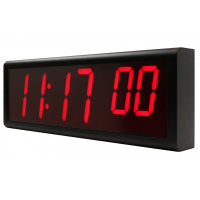
NTP PoE Wall Clock
An NTP PoE wall clock uses Network Time Protocol (NTP) to provide accurate time. Galleon looks at what NTP is, and how it can benefit you.
View Article
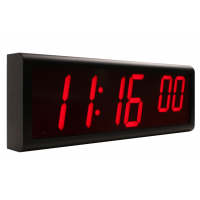
A business digital wall clock for when time really matters
A business digital wall clock can use an atomic clock as a source of time and relay this time to a digital display. You benefit from synchronised business operations and improved customer service. This article explains how synchronised wall clocks work.
View Article
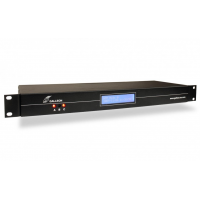
Installing a GPS Time Server for Network Synchronisation
As the name suggests, GPS time servers receive their time from the GPS system (Global Positioning System). The GPS signal is basically just a time code sent down from the satellites’ onboard atomic clocks. This time signal is what satellite navigation systems use to triangulate positioning, but because it is generated by atomic clocks is extremely accurate and precise.
View Article
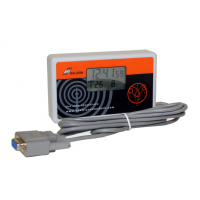
Radio time synchronisation receiver – for secure and accurate network time
For accurate time, computer networks need to be connected to an accurate and secure time source. This enables all devices on the network to have accurate synchronised time. One of the most common time sources is the radio time synchronised receiver.
View Article